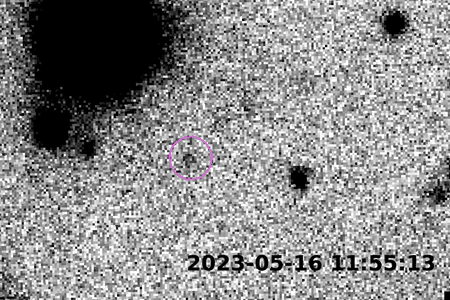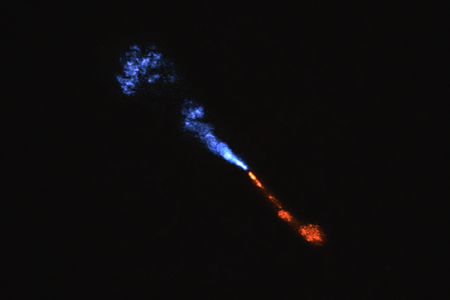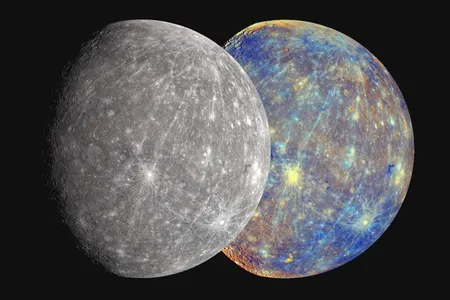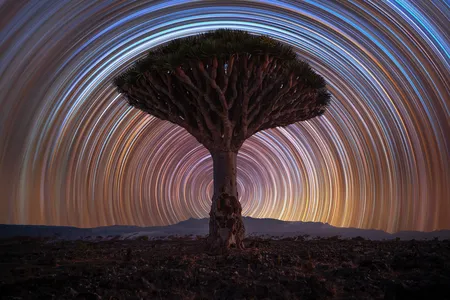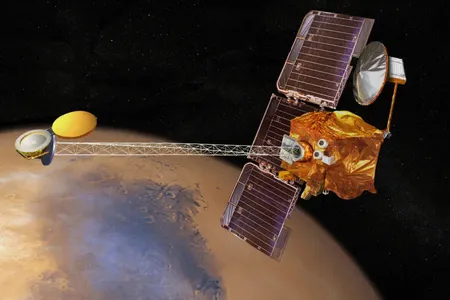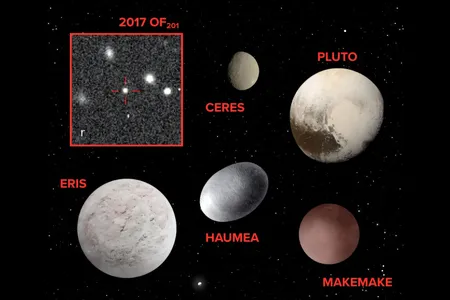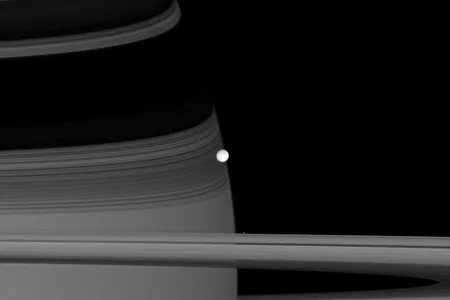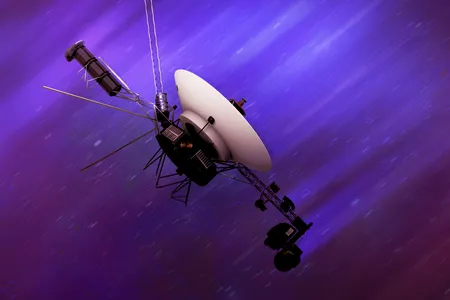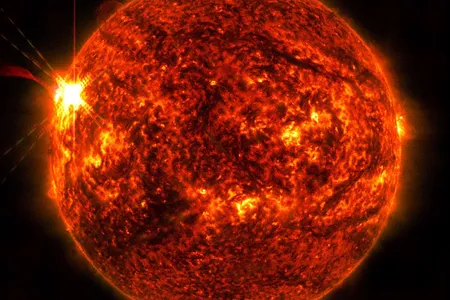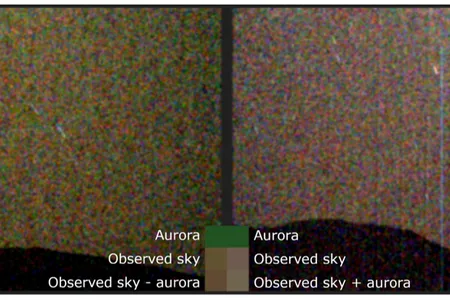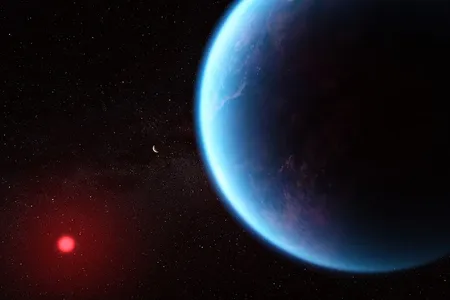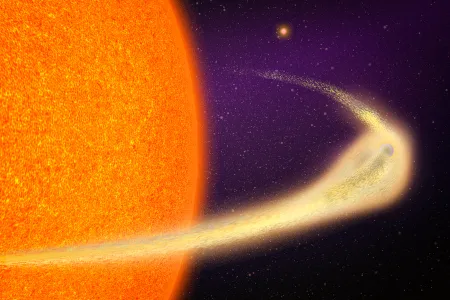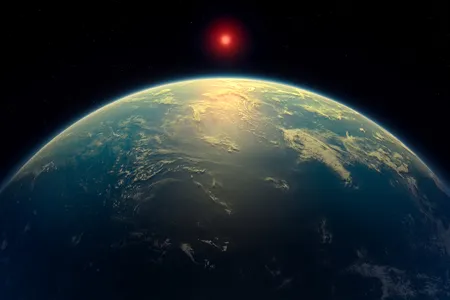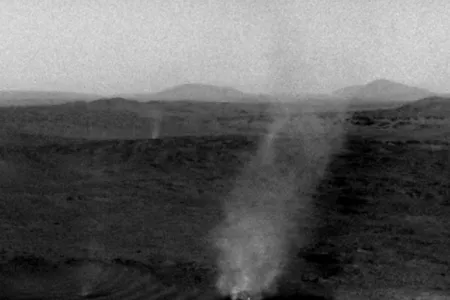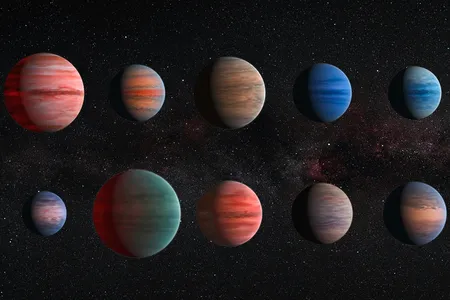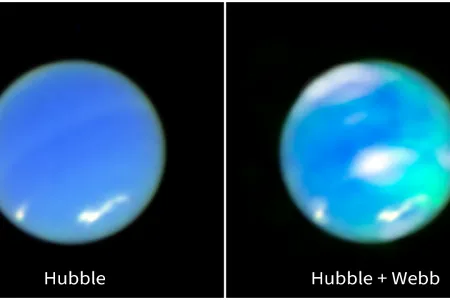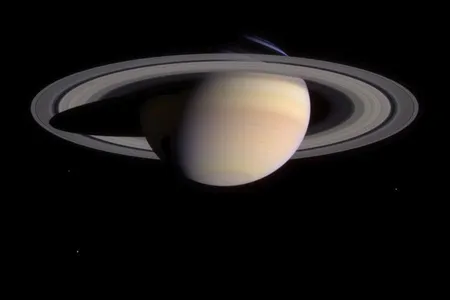Astronomers Discover ‘Ammonite,’ a Mysterious Distant Object That Could Shed Light on Our Solar System’s History
The celestial body’s unusual orbit “implies that something extraordinary occurred” in the early days of the solar system—and throws a wrench in the Planet Nine idea
For the First Time, Astronomers Capture ‘Smoking Gun’ of Early Solar System Formation
Telescopes detected the first stages of hot minerals condensing from gas around a young star called HOPS-315
Scientists Have Never Confirmed a Meteorite From Mercury. Could These Space Rocks From the Desert Be the First?
Two meteorites found in the Sahara show tantalizing similarities to the innermost planet, and while researchers say they are likely not direct samples, “one cannot rule out” the idea
Check Out Ten Spectacular Space Images From the Astronomy Photographer of the Year Contest
The annual competition for professional and amateur astrophotographers released its shortlisted images, which capture the beauty of the cosmos seen from Earth
The James Webb Space Telescope Reveals Its First Direct Image Discovery of an Exoplanet
Researchers identified the likely planetary candidate’s infrared light after blocking out its host star’s overwhelming glare
NASA Spacecraft Orbiting Mars Captures Image of Giant Ancient Volcano Just Before Dawn
The perspective is what astronauts would see out their window if there was an International Space Station flying around the red planet
Did Water Form in the Earliest Years of the Universe?
A recent study suggests huge volumes of the molecule emerged during the cosmic dawn
Astronomers Discover a Possible Dwarf Planet Far Beyond Neptune, Where There Should Have Only Been Empty Space
As it orbits the sun once every 25,000 years, the celestial body 2017 OF201 travels beyond the Kuiper Belt into a region thought to be largely devoid of objects
Should Scientists Inject Saturn’s Moon Enceladus With Life?
A new study proposes that seeding the orb’s underground ocean with microbes might help us learn how to make other worlds habitable
NASA Engineers Revive Long-Dormant Thrusters on Voyager 1, the Farthest Spacecraft From Earth, in a ‘Miracle Save’
In the nick of time, NASA teams addressed clogging issues in the probe’s backup roll thrusters, before the only antenna capable of sending commands to it went offline
Sun Launches Its Strongest Solar Flare of the Year So Far, Causing Radio Blackouts Around the World
The new sunspot responsible for this powerful blast is rotating into view, which could bring more solar activity—and potential aurora-causing coronal mass ejections—to Earth in the coming days
See the First Visible Auroras Captured on Mars, Glowing a Hazy Green Above the Planet
Scientists directed NASA’s Perseverance rover to take an image of the Martian sky after a solar storm in hopes that an aurora would show up
A New Analysis Raises Doubts About Potential Hints of Life Recently Detected on a Distant Exoplanet
Astronomers published evidence of possible biosignatures on the planet K2-18b earlier this month, but another look at the data suggests the finding could be statistical noise
A Soviet Spacecraft Is About to Crash Back to Earth After Being Stuck in Orbit for 53 Years
The Cosmos 482 lander was intended to reach Venus, but it has instead been circling Earth since 1972
Astronomers Discover a Doomed Exoplanet That’s Crumbling Away and Leaving Behind a Comet-Like Tail
The planet orbits its host star in just 30.5 hours, losing a mass of material roughly equal to Mount Everest each time
Chemical Hints on a Distant Planet Offer ‘Strongest Evidence Yet’ for Life Outside Our Solar System, Astronomers Say
The James Webb Space Telescope spotted possible signatures for life in an exoplanet’s atmosphere. Still, researchers caution it’s far too early to call the findings definitive
Watch a Spinning Martian Dust Devil ‘Consume’ Another in a New Video Captured by NASA’s Perseverance Rover
Tracking dust devils helps researchers learn more about Mars’ atmosphere, wind and weather conditions
From Worlds That Look Like Cotton Candy to Others Covered in Volcanoes, These Are the Strangest and Most Captivating Exoplanets
Scientists are using an array of instruments to detect other planets, some of which may harbor life—and others that most definitely don’t
Check Out Neptune’s Beautiful Auroras, Captured for the First Time by the James Webb Space Telescope
Scientists suspected the ice giant hosted auroras—and had already observed them on Jupiter, Saturn and Uranus. But an observation of Neptune’s lights remained elusive for decades
Saturn’s Rings Have ‘Disappeared’ in an Optical Illusion. Here’s Why We See This Temporary Vanishing Act
Every 13 to 15 years, Earth crosses through Saturn’s “ring plane,” making the gas giant’s most iconic feature become nearly invisible
Page 1 of 20
